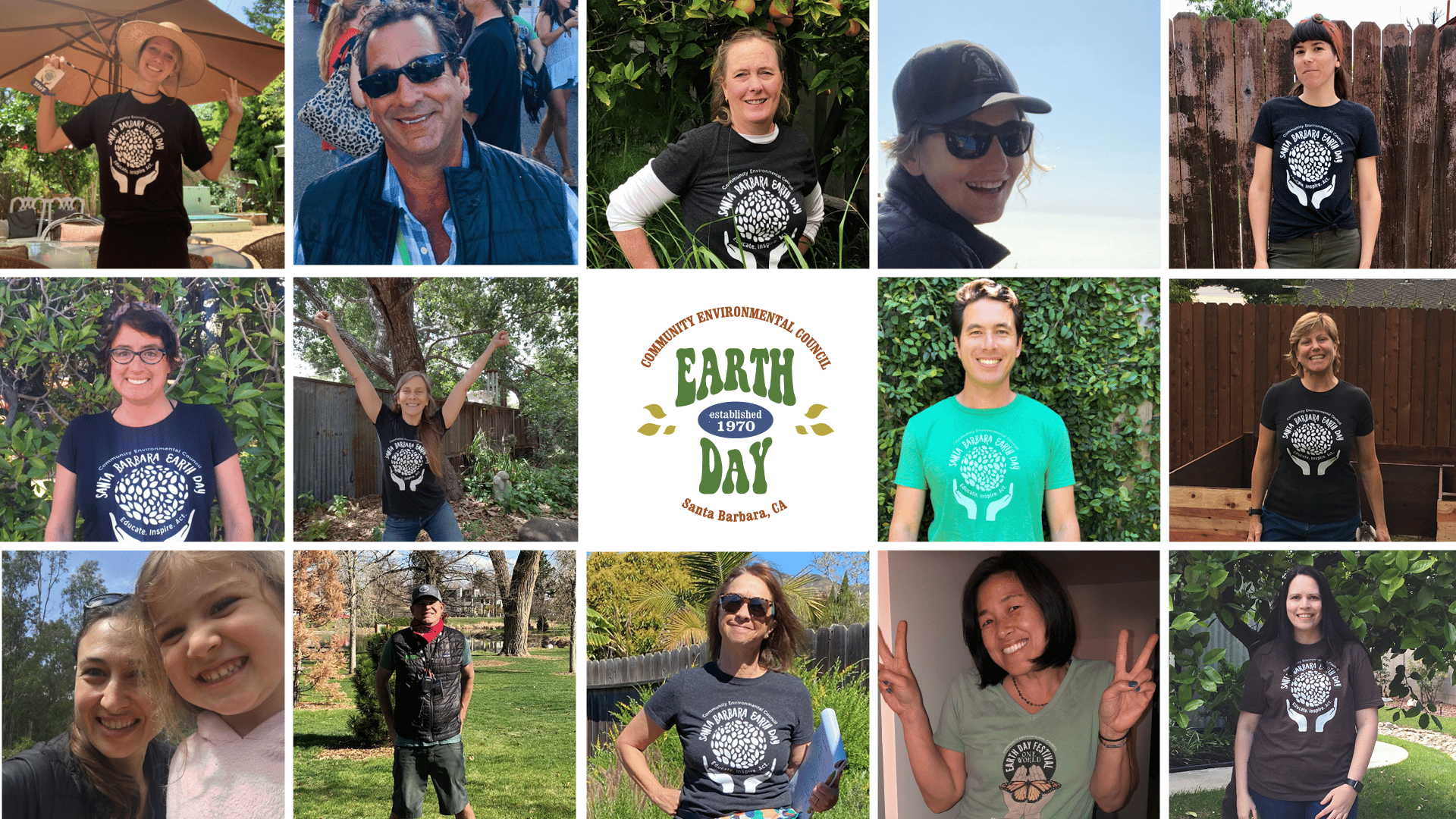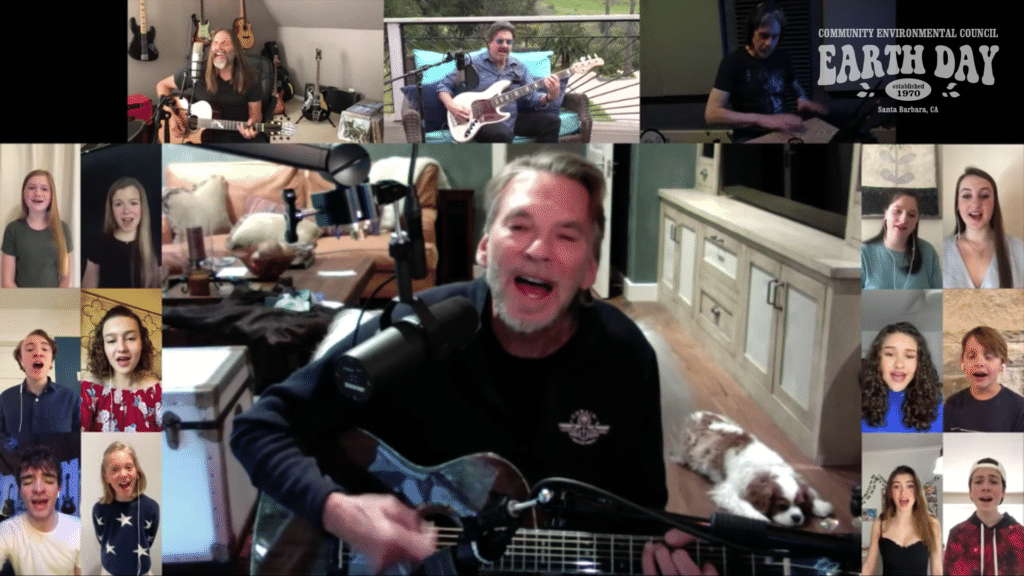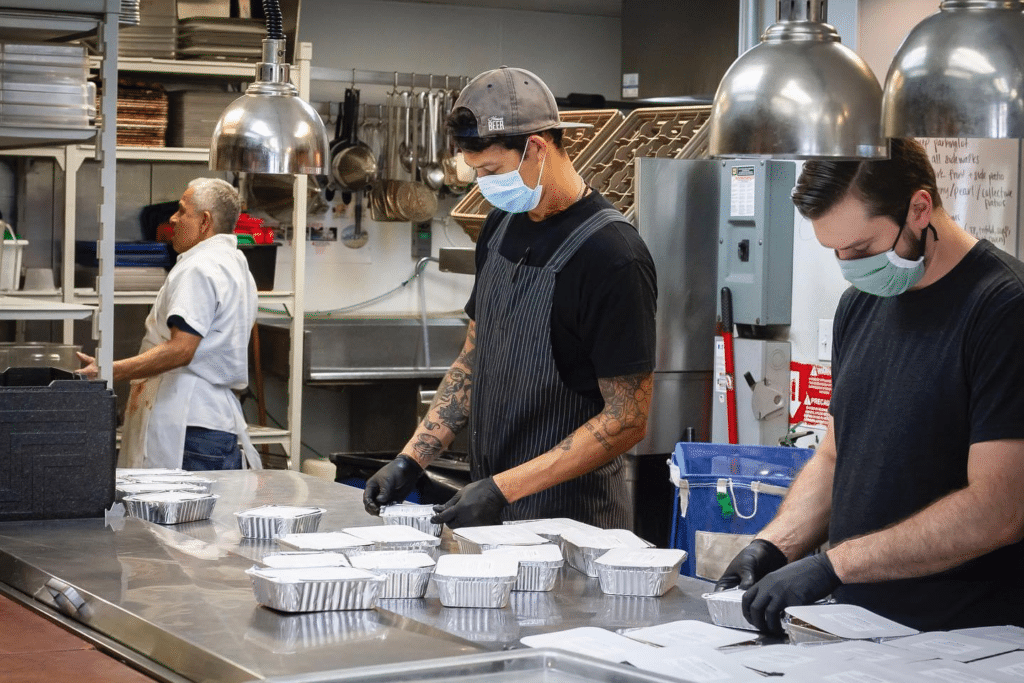BY KARA SHOEMAKER | May 22, 2020
On March 11th, when Governor Gavin Newsom announced all gatherings in California should be rescheduled or cancelled, the Community Environmental Council (CEC) had a big decision to make regarding their annual Earth Day festival, one of Santa Barbara’s most beloved holidays. For the CEC, the 2020 Earth Day festival was more than just a community gathering.

“The CEC’s very first action 50 years ago was to host one of the very first Earth Days around the country in the spring of 1970. Our story as an organization is interwoven with Earth Day in the sense that both began at the same time. We have consistently organized this event every year since 1995,” said Sigrid Wright, CEO of Community Environmental Council.
Wright compares Santa Barbara to an Olympic City that is charged with carrying the torch for Earth Day. While there are many communities that host such celebrations, few are as consistent or as well attended as Santa Barbara’s annual event.
“Earth Day is part of Santa Barbara’s DNA,” Wright explained. “Not doing the festival under any circumstance would have felt very significant to us, but it’s even more poignant and pronounced being that this was the 50th anniversary of both the festival and the CEC. It became very clear that we wanted to do something, and that we weren’t going to go dark on that day.”
The CEC decided that they would still celebrate by hosting a virtual festival that would be livestreamed on multiple platforms. Figuring out how to hold an engaging digital celebration was a major challenge, but CEC was able to successfully navigate this uncharted territory with help from their trusted festival production team.
The CEC’s Earth Day Live was a four-hour event, broadcast live on YouTube and Facebook, and it received strong positive feedback from the community – with total viewership and engagement surpassing that of Earth Day’s in-person festival numbers. The event featured live performances by local talent and notable artists like Jeff Bridges and Kenny Loggins, and included speakers like Al Gore, Assembly member Monique Limon, and Secretary for the California Environmental Protection Agency, Jared Blumenfeld.

One positive outcome of hosting an online festival was that the CEC was able to get more big names to participate, since sought after environmental leaders and celebrities would be able to participate digitally in multiple events spanning the country. It also allowed the organization to feature more educational content and lectures, something they had been struggling to do effectively for years –attendees to in-person festivals are typically more interested in socializing than attending a panel of speakers.
After the event, viewers were invited to grab their beverage of choice and join a digital Beer Garden on Zoom in an effort to recreate Earth Day’s popular happy hour. To ensure participants could connect without feeling overwhelmed by having 60 other people on the video chat, the Beer Garden utilized the breakout room feature, which randomly divided participants into smaller groups hosted by a staff member.
“We scrambled the groups 8 or 10 times over the course of an hour and a half. Every time we came back, the smiles got bigger and bigger on the screen. As the host, I felt the uptick of energy every time I came back, and people lingered like you would at a good party,” recalled Wright.
For nonprofits considering digital events, Wright recommends that planning staff and leadership come together and synthesize key words that are at the heart of their organization’s culture and that reflect its values. These key words should serve as touchstones for writing promotional materials and for setting the tone of the event. In the case of Earth Day Live, the CEC intentionally left out words like “party” and “celebration” in light of current circumstance. At the same time, they did not want the event to be somber, so they were careful to cultivate a sense of community, connection and fun.
But Earth Day Live isn’t the only thing the CEC has been up to since COVID-19 reached Santa Barbara County. The pandemic has severely impacted our county’s food system, meaning more people are struggling with food security. In response, the CEC has expanded their Santa Barbara County Food Rescue Network to help connect prepared food with community members in need.
“According to the Environmental Protection Agency, in 2017 alone, almost 41 million tons of food waste were generated, with only 6.3 percent diverted for composting from landfills and combustion for energy recovery,” said Pedro Paz, Director of Grantmaking at the Santa Barbara Foundation. “The work that CEC does in the area of food rescue will not only address the issue of food ending up in our landfills, but also address an equally important issue to the Foundation and the community, that of food insecurity.”

SBC Food Rescue received a $25,000 COVID-19 Response Grant from the Santa Barbara Foundation to support their efforts to compile and manage a centralized database that identifies all the players in charitable food distribution recovery and gaps in service. SBC Food Rescue has also developed a COVID-19 Response Food Resources and Collaboration Information Hub where any organization supporting charitable food donation, delivery, or distribution during this time is encouraged to share their activities and where they need help.
“Our food system has transitioned rapidly during the COVID-19 emergency from one of general predictability to one of tremendous need and frequent changes,” said Lacey M Baldiviez, Director of Community Programs & Education for the Santa Barbara County Food Bank, and co-chair of the Santa Barbara County Food Action Network. “There is a long list of active organizations and individuals who were ready to respond and continue to respond to the ever-changing needs in this crisis. The Santa Barbara County Food Action Network includes the Foodbank and its many partners working alongside the Food Rescue Network and its new information hub. Through this effort we have quickly connected organizations, restaurants, and community members in need with specific attention to older adults, to ensure their safety and nourishment during stay-at-home orders.”
“Protecting the resilience of our food system is one of the Community Environmental Council’s primary strategic goals, and why we co-founded the Santa Barbara County Food Action Network in partnership with the Foodbank of Santa Barbara County and the Santa Barbara Foundation,” said Wright. “Working together, this is how we create a culture of preparedness and build resilience to other major threats, including the increasing impacts of climate change.”
To learn more about the Santa Barbara County Food Rescue Network or to join the COVID-19 Response Food Resources Information Hub, visit: www.sbcfoodrescue.org.